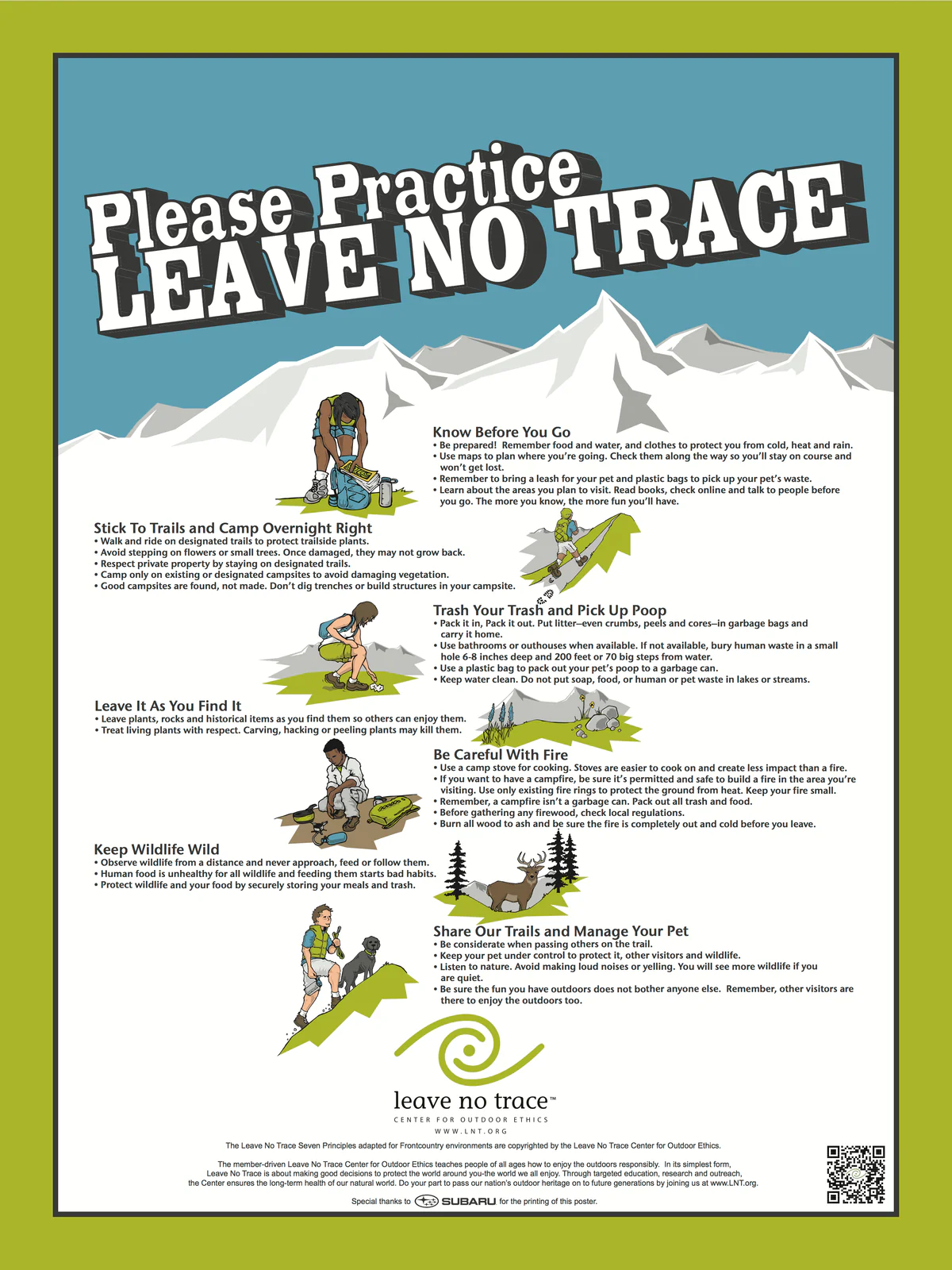“Your blessing in life is finding the torture you’re comfortable with.”
— Jerry Seinfeld
- Expect some disappointment
- Be prepared
- Try not to hike alone
- Respect the trail
- Hikers are a good tribe to belong to
- The view from the top is earned, not given
- Follow the rules
- Hikes don’t get easier; you just get stronger
- “Type two fun” is real
- You’re a Badass
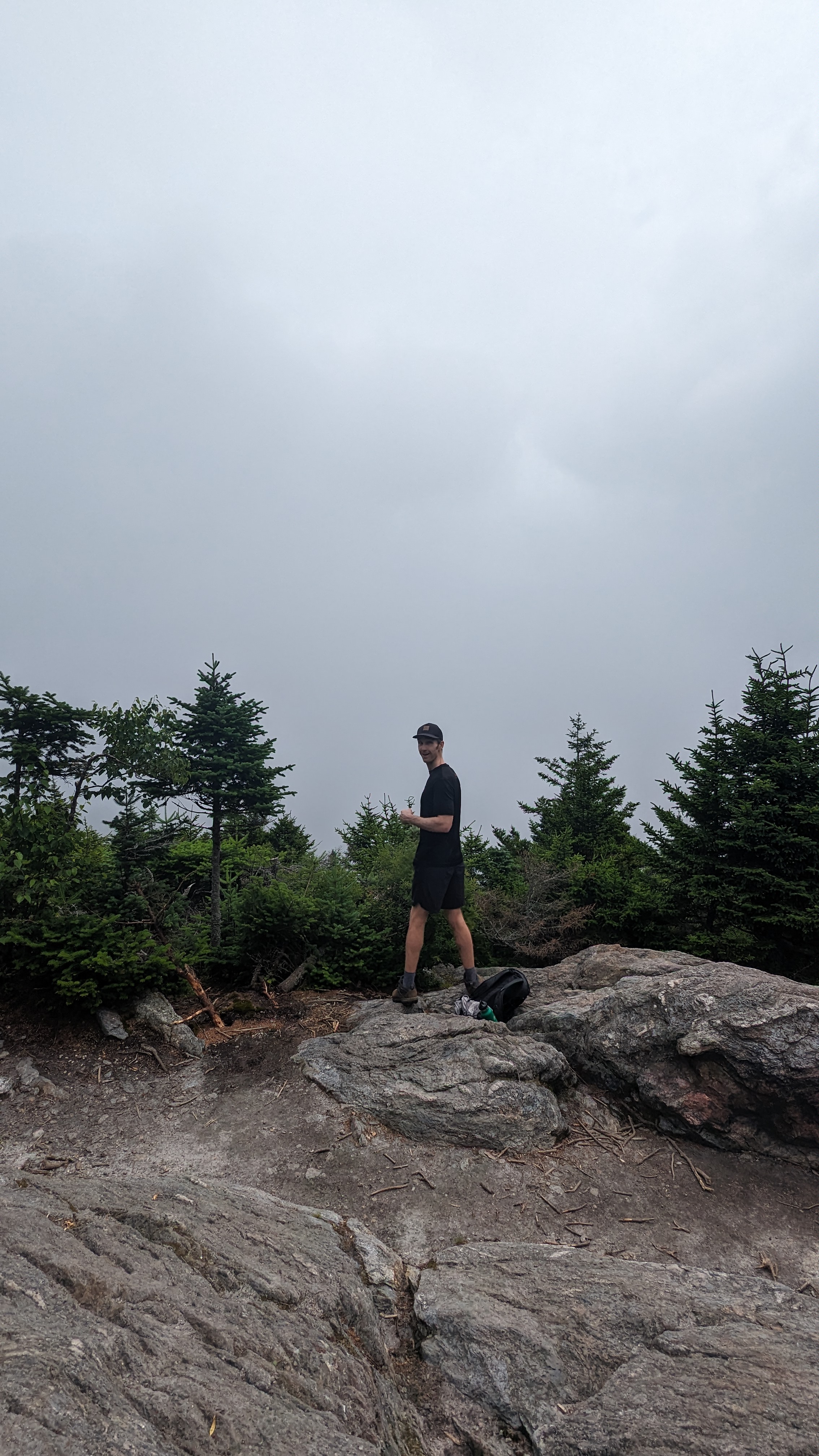
At 5300 ft, Mt. Marcy is the tallest of the 46 high peaks in the Adirondacks. Why not tackle the tallest one first, right? I spent a good portion of this hike imagining the view from the top. After about 4 hours of climbing, I approached the marker for the summit. Filled with anticipation, I looked out over the cliff and saw… nothing. I was in a cloud.
If you decide to do all, or any, of the High Peaks, you will encounter disappointment: obstructed summit views, road/trail closures, mud, injury, mud. It didn’t seem fair to be denied that infamous view on my first hike in the Adirondacks, and this made the trek back down feel that much longer, but such is life. It didn’t help that I wasn’t wearing hiking boots. Idiot.
This brings me to lesson two:
I now mourn for the people I pass on hikes wearing sneakers, or God forbid, flip-flops. Adirondack trails are often dried creek beds, so they’re filled with rocks of all shapes and sizes. Get some boots and your feet will thank you. You don’t need to look like you’re about to summit Everest, but some water, snacks, and a spare shirt will go a long way. REI is an easy one-stop shop for gear and ADK exploring ideas. Another great store is The Mountaineer in Keene Valley.
As for the weather, there’s a website that lists the real-time conditions on the tops of mountains around the world. It’s a real time- and life-saver.
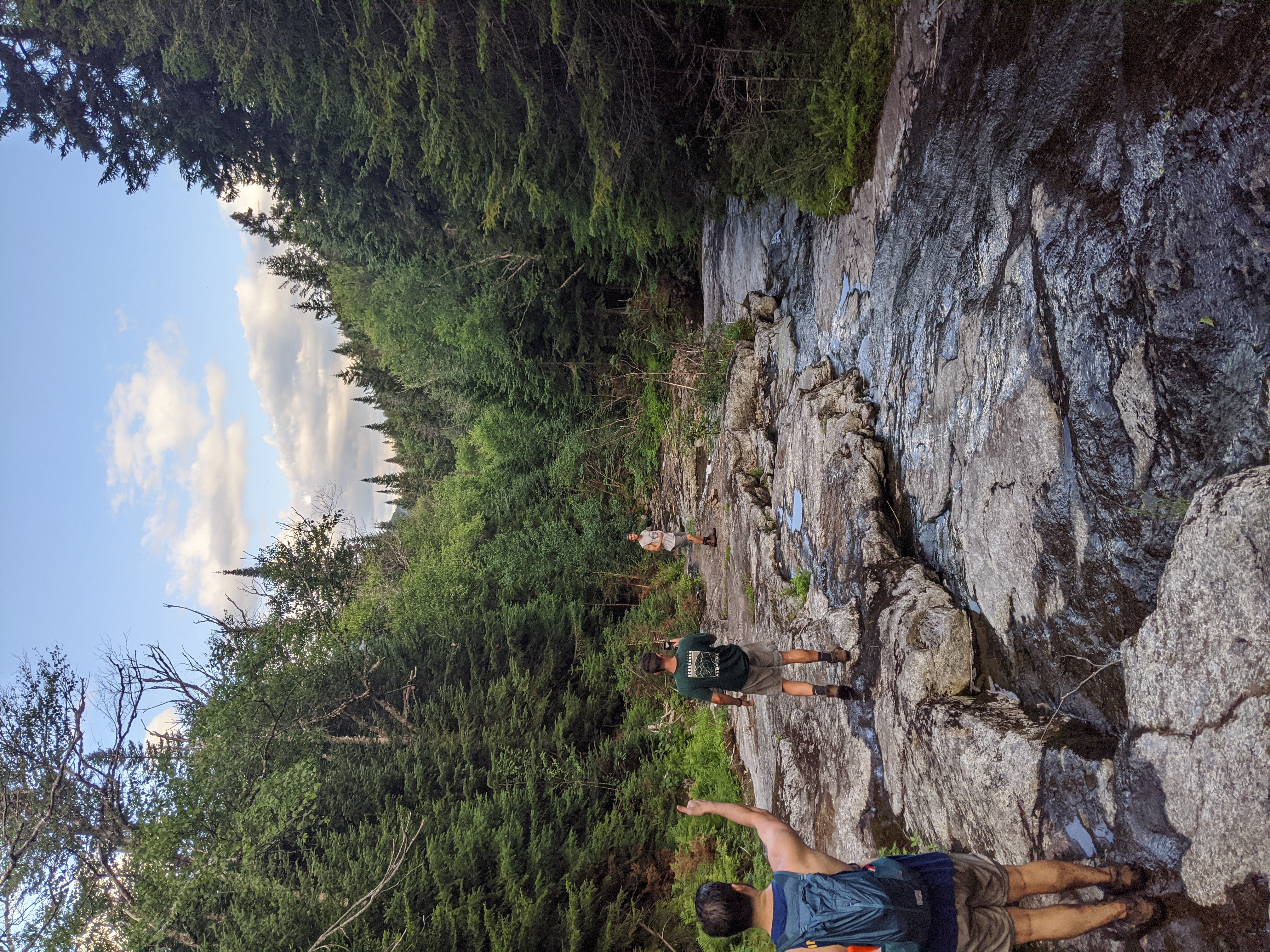
I broke this rule more than once, but when you do, you realize that one roll of the ankle and you could be in some real trouble. On every hike you will slip, trip, fall, and lose the trail. Better to have friends with you to help out just in case. They’ll also be good to talk to and curse with along the way.
And if you do decide to go alone, it’s always a good idea to tell someone where you’re hiking and when you expect to be back. That way your significant other will know exactly what to tell the Park Rangers when you’re 2 hours late coming back down and haven’t answered your texts. Not like that ever happened or anything…
At the risk of sounding like a hippy, everything is connected. A couple years ago, as my friends and I approached the top of one peak, I started to smell smoke. We later learned it was the remanence from the Californian/Canadian wildfires thousands of miles away.
We can’t always prevent wildfires, but there are other small things we can do to protect nature. The first time I saw a stray water bottle in the bushes off the trail I admit that I didn’t really care. But the more time I spent in the wilderness, the more jarring I found litter to be in the otherwise pristine setting. Behind every well-maintained trail there are park rangers, volunteers, and other hikers doing the work. It’s on all of us to leave nature the way we found it.
Hikers are some of the friendliest, most helpful people you’ll meet. They’re happy to share trail tips, gear, snacks, even water in a pinch. They are the kind of people who say hello to you on the trail and look you in the eye while doing it. It’s like everyone out there is cheering each other on.
When my girlfriend, my roommate, and I were on our 46th and final peak, we made sure to tell every single person we passed—some were more excited for us than we were for ourselves. How is everyone out here so damn nice?! I often wondered. Maybe it’s being outside, in motion, pushing ourselves. Whatever the reason, it feels good to be part of something like that. And whether you’re on your first peak or your 46th, there’s a camaraderie in knowing that we’re all doing this together.

I was recently in the basement of a retired army officer. On the wall there was a mirror that held all of the medals from marathons he’d run. At the top was inscribed, “Earned, never given.” It’s a good motto for hiking. Nobody can hand you the feeling you get after reaching the top of that damn mountain. Part of what makes the climb so satisfying, is knowing that you did that.

Depending on how crazy you are, you can choose to do one or two peaks at a time, or you can pack a bunch into one long hike. Some people even decide to do all 46 in one outing. For the slightly less sadistic, there’s one particularly grueling collection of 7 peaks called The Great Range that many people attempt on the longest day of the year for maximal sunlight. At the outset of this hike there is a sign that says, “No Dogs Allowed.” We didn’t know this ahead of time and we didn’t know that it was an actual rule rather than just a warning, so we pressed on. I think the main reason for the warning is that there are several ladders along this hike. The last thing you want to do when your legs are tired is carry your 50-pound dog up and down a ladder. Reading reviews from other hikers on Alltrails would have spared us this hard-learned lesson.
My roommate’s dog was in incredible shape, sure, but by the end of the day he was so spent that he was trotting ahead of us just so he could lay in the moss and rest while we caught up. He was a trooper—the epitome of a “good boy.” With the exception of a couple busted nails, he was fine. As for the rest of us, we agreed it was one of the hardest physical tests we had ever endured. It took us 20 hours to complete and cost me both of my big toenails, but we finished. The views are well worth it, but it’s not a hike for the faint of heart. And for God’s sake, if you’re going to do the Great Range, DON’T BRING YOUR DOG.
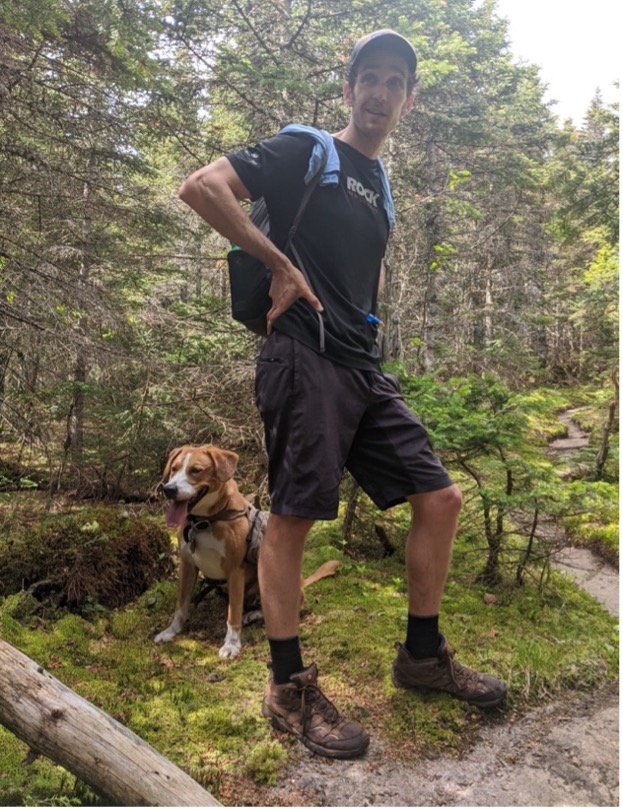
Most people start with “Cascade Mountain.” It’s the shortest hike of the 46 and is “only” about 3 hours round trip. Because of its length, there’s usually hikers of all ability levels on this trail. While it is short, I wouldn’t say it’s easy. I considered myself to be in good shape when I first did it, but I was huffing and puffing by the time I reached the top. But, if you keep at it, you’ll be amazed with how your legs and lungs respond. Eventually you will build up to 5, 10, maybe even 20-hour hikes.

There are some experiences in life that are miserable while they’re happening, but fun in hindsight. This is known as “Type two fun.” There is a point on many hikes at which you’ll say to yourself, Did I really choose to do this?? After some time passes, you either forget the pain and misery or you develop a certain fondness for all you endured. Each time my friends and I reminisce about completing the Great Range, we’re all left with a smile: “I can’t believe we did that.”
I’m going to sound preachy here, but I feel like many of us have forgotten how badass humans are. If most of us encountered an ancestral version of ourselves, we’d get our butts kicked. Earlier humans used to walk an average of 12 miles a day, hunt for their food, make things with their hands. Now some of us struggle to leave the couch and we live on food from a bag.
Building up your resistance to physical discomfort takes time, but anyone can do it. It’s true for mental challenges, too. (If you’re serious about upping your mental grit, I recommend Deep Work by Cal Newport.
Mental, or physical, if you never push yourself, you’ll die without ever knowing what you’re really capable of. You are stronger than you realized, all that’s left to do is to prove it to yourself. Here’s to the misery of the moment and finding the torture you’re comfortable with.
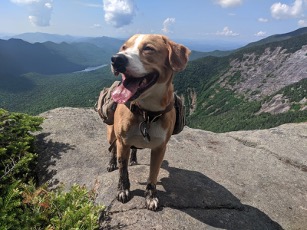

.png)

